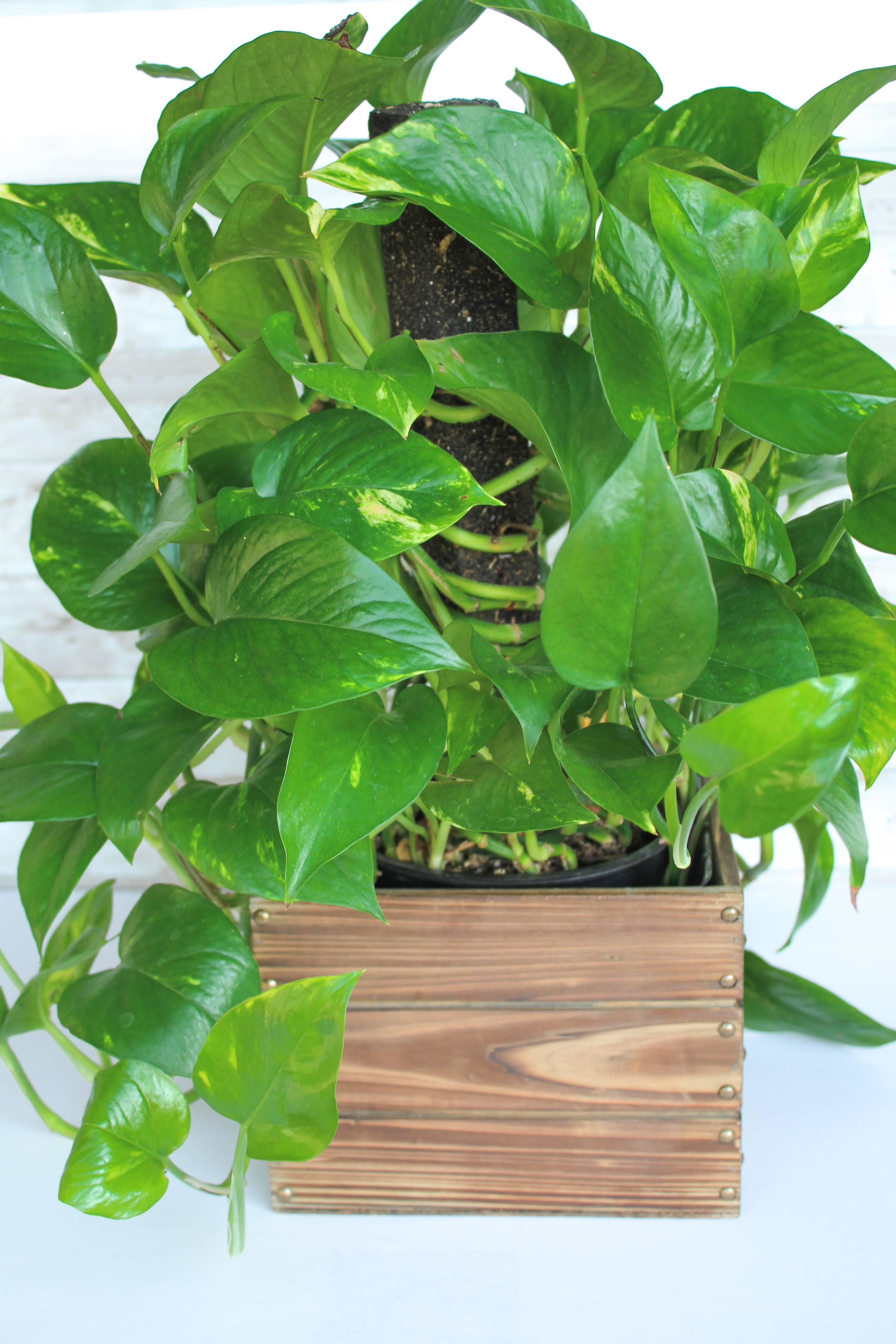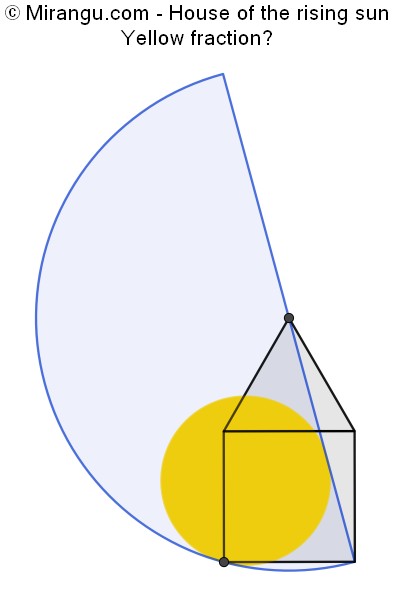Table Of Content
They’re easy to grow grow them on a bright window sill away from direct sunlight, and avoid over-watering. When choosing indoor plants to grow in your home, take time to work out which conditions you can provide for them. There's no point in buying sun-loving cactus plants if you have only dark rooms and north-facing windows to offer. Similarly, humidity-loving jungle plants are best grown in a bathroom and don't thrive in other, drier areas of the home. Do a bit of research – if you fall in love with a plant, find out how to grow it before taking it home, so you can give it the best chance of survival possible. Rubber plants — also known as rubber trees or Ficus elastica — make for great indoor houseplants.
Parlor Palm
It's commonly admired for its dainty star-shaped flowers that form when the plant is well taken care of and exposed to bright light. A low-maintenance houseplant that’s been popular for generations, snake plant (Dracaena trifasciata) is beloved for its ability to thrive in various growing conditions. "Most snake plant varieties have stiff, upright, sword-like leaves that may have gray, silver, or gold banding or edges," says Justin Hancock of Costa Farms.
Indoor House Plants (Best Indoor Plants for Home)
The fiddle leaf fig, or ficus lyrata, has been taking the houseplant world by storm in recent years. Do you have a sunny area inside your home that's perfect for a new houseplant? In this article, gardening expert Madison Moulton shares her favorite houseplants that can not only survive, but thrive in full, direct sunlight. Aside from the occasional watering, they don’t need special soil or care, so you can generally leave them alone. However, the tips of their leaves can be sharp, so you can hurt yourself if you’re not careful.
How do you know when—and how much—to water your houseplants?

Begonias require regular pruning, both to ensure a desirable shape and to get rid of old flowers. Ultimately, these require more frequent and direct care than many other houseplants, so they’re not a good choice for beginners despite their beautiful flowers. Air plants are one of the most unusual options you can grow in your house because they don’t need soil or a potting mix. In their native environment, these epiphytic plants grow on trees. They can actually grow quite well as long as you have any substrate you can attach them to, plus regular watering.
List of 21 Common House Plants with Pictures
Fiddle Leaf Fig (shown above) makes a big statement in any brightly lit room. Interior decorators are finally appreciating this tall beauty as an architectural feature. If you water it generously once every week or two, your plant will be more than satisfied and it will not mind occasional neglect. The prayer plant (Maranta leuconeura) is marked by its arching red veins on its leaves. Also known as the bird’s nest fern (Asplenium nidus) this plant has intricate, rippled leaves.
Umbrella Tree
There are a number of cultivars that make Rubber Plant even more tempting to grow indoors, including 'Decora', 'Variegata' and 'Tineke'. Splashed with cream, green and gray, the Ficus elastica cultivar above, on the left, is stunning. Whether you display your ivy on a pedestal by itself, surround it with other plants, or add it to a dish garden, its beautiful foliage is a stand-out. Keep the soil consistently moist, but avoid overwatering as this can cause root rot. This plant is known for its ability to survive low light, extreme temperatures, and infrequent watering.

11 Bathroom Plants That Thrive in Low Light and Humid Conditions - Better Homes & Gardens
11 Bathroom Plants That Thrive in Low Light and Humid Conditions.
Posted: Fri, 26 Apr 2024 07:00:00 GMT [source]
"It has oval to strap-like leaves that can be quite diminutive to larger and more upright," says Bunting. Rubber plants can threaten to outgrow a room, but can be kept in check by pruning off the top at the central stem. Selecting a plant with light requirements that match the location can be one of the most important factors in the success—or failure—of growing a healthy plant. There's the 'Dragon Scale' alocasia with its almost turtle-like design, the 'Gray Dragon' with its silvery hue, and the 'Purple Sword' with its narrow, deep green leaves.
“I think anyone who's a first-time plant parent is looking for a plant that is going to give them the satisfaction of seeing that they're doing something well,” Greene says. What's more, Pham suggests looking for dramatic, communicative plants that curl up their leaves, droop, and fan out when they need water and sunlight. “I love any display of body language from plants, because it's your cue to care for it,” she says. “There's no guesswork.” Surprisingly, not all plants make it obvious when they need care, which can make your job a little more difficult. A heart-leaf philodendron (Philodendron hederaceum oxycardium) is just plain adorable with its glossy, heart-shape foliage and draping vines. Plus, it adapts well to low-light spots and doesn’t mind if you forget to water it a time or two.
"Its architectural nature makes it a natural choice for modern and contemporary interior designs, and it is highly regarded among plant parents." Thousands of cultivars give you a choice of almost any flower color, as well as single, double, and bicolored blooms. African violets will bloom repeatedly during spring and summer when given enough sunlight, with the blooms lasting up to a few weeks. He adds, "Brandi is a great 'learner plant' that tolerates a wide range of growing conditions, allowing you to test and trial different light and care conditions." While they may have a reputation for being a little tough to care for at home, even beginners can help them thrive and bloom. To help your orchid plant grow, it's probably best to stick with orchid-specific products, such as pots, soil blends, and fertilizers.
Mature trees are wonderful, but they become safety hazards when they rot—a problem our homeowners face in their front yards. But after removing the trees, they realized their shade plantings were starting to burn in the intense sun. If you're a renter with a bond you're keen to reunite with, be mindful that plants can cause damage indoors too, Ms Huynh warns. Rubber plants can grow into "a large tree" with the potential to "ruin paving or fencing or infrastructure." What makes a good indoor plant, does not always make for a good outdoor plant, according to Ms Huynh, "like the monstera and the rubber plant — or rubber tree."
Depending on the species, they benefit from a sunny or shaded spot when planted in indoor containers. However, if you live in a region where the summer days are very hot, you should place your Begonias near a window with afternoon shade. They prefer damp conditions, so a well-draining potting mix would be a suitable choice. Make sure you water your Begonias at the base when the soil is slightly dry to avoid fungal diseases or leaf damage.
Prefers east-facing, sunny windows; unobstructed late day sun in a west- or south-facing window may burn the leaves. Jasmine plants offer beautiful, fragrant flowers that make them desirable houseplants—and some varieties are vines and make gorgeous hanging plants. Croton's colorful foliage is a showstopper—and is a common reason this plant's hit the best-seller lists of many plant sites. These popular plants feature gorgeous, deep green leaves, and they're hard to kill, making the ZZ plant an ideal pick for beginner plant parents.
Plants with darker green leaves can tolerate less light, while variegated varieties prefer brighter light. The naturally shiny leaves of the ZZ plant require little effort to maintain their good looks. Simply dust them off with a damp cloth (leaf sprays may damage the foliage). Keep in mind that all parts of the plant are toxic, so keep away from children and pets. Tolerates low light, but will grow faster in medium to bright light. You have a wealth of varieties of these common house plants to choose from, in many colors and patterns.
These twining evergreen climbers bear clusters of richly scented flowers, and enjoy growing in bright shade in a free-draining soil. Hoya carnosa and Hoya kerrii are perhaps the most commonly grown hoyas, but there are many more exciting and easily grown types to branch out into, too. The snake plant (Sansevieria trifasciata) is on every popular houseplant list for a reason. Also known as Mother-in-Law's Tongue, these long, shooting leaves will be fine in shady areas of your house as well as near a window.












